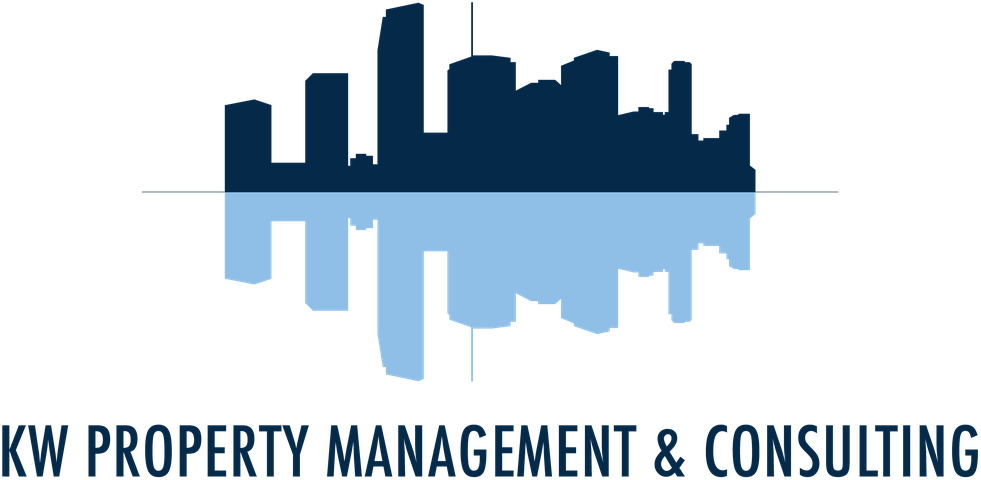
After experiencing Hurricane Irma last year, many questions arose during preparations for the storm and after the storm made landfall relating to insurance coverage for damages caused to a community’s buildings, common areas and other property, as well as to individual condominium units. As a Board Member and/or resident living in a Condominium Association, it’s important to know the details and limits of the Association’s insurance policy.
In the aftermath of Hurricane Wilma (2005), the issue arose in the context of insurance coverage disputes where condominium associations made claims under their property insurance policies while the unit owners simultaneously made claims under their homeowners insurance policies for the same storm resulting in the denial of their claims by the competing insurance companies. Why? Because under the association’s insurance policy it claimed that the unit owners homeowners insurance company was responsible and vice versa.
In order to provide clarity relating to the scope of the association’s and the unit owner’s insurance obligations, the Florida legislature made changes §718.111(11) to the Florida Condominium Act with the intention to “protect the safety, health and welfare of the people in the [state] and to ensure consistency in the provision of insurance coverage to [residential] insurance coverage to condominiums and their unit owners,” hoping to “encourage lower or stable insurance premiums….”
Under §718.111(11)(a), an association is required to provide adequate property insurance for the replacement cost of the insured property as determined by an independent insurance appraisal or update a prior appraisal. The adequacy needs to be rechecked at least once every 36 months. When determining the adequate amount of property insurance coverage, the association may consider deductibles as a component of the insurance costs as determined by the board so long as they are consistent with industry standards and prevailing practice for communities of similar size and age, and having similar construction and facilities in the locale.
The association’s is required to provide primary coverage for all portions of the condominium property as it was originally built or replacement of like kind and quality in accordance with the original plans and specifications, including all alterations or additions made to the condominium property. For insurance purposes, the coverage of “condominium property” general means all property not included within the confines of an individual homeowner’s unit, up to the horizontal and vertical concrete slabs extending to and including the unfinished drywall.
Basically, homeowners should be aware that the association’s property insurance excludes all personal property within the unit or limited common elements, the floors, walls, ceiling coverings, electrical fixtures, appliances, water heaters, water filters, built-in cabinets and countertops, window treatments (including drapes, blinds). An individual unit homeowner is responsible for this property as well as the contents of their unit.
An association is required to repair, replace or reconstruct any property covered by its insurance while all the deductibles, uncovered losses, and any other damages that exceed what the insurance covers become a common expense that needs to be paid proportionately by all unit owners.
The best time to address an association’s insurance needs and the scope of its insurance policy’s coverage is before the need to make a claim arises and before the association discovers that the existing insurance policy does not provide the coverage which was thought to exist.
If the need ever arises for an association to make a property damage claim with its insurance company, it is highly recommended that they seek the advice of legal counsel and insurance professionals and also consider retaining a reputable building industry consultant to assist in damage assessment as well as a public adjuster to act as the associations’ agent in the claims administration process.
